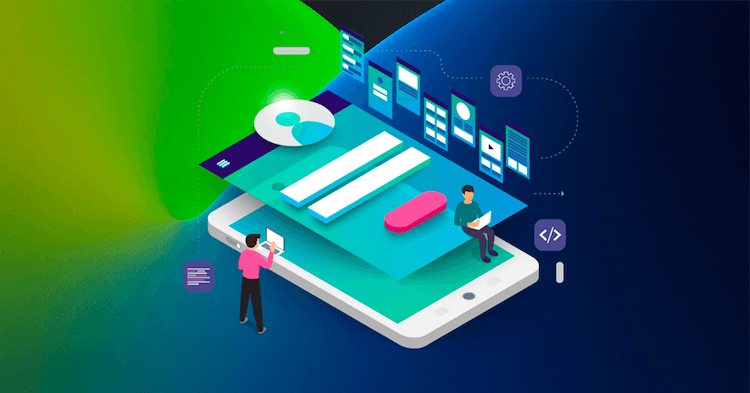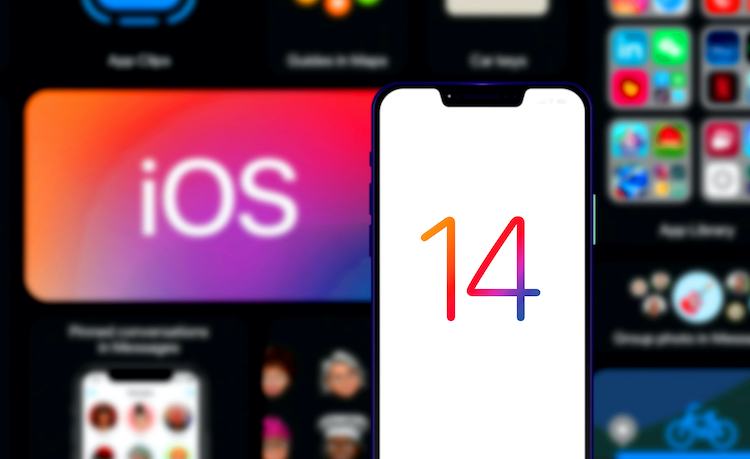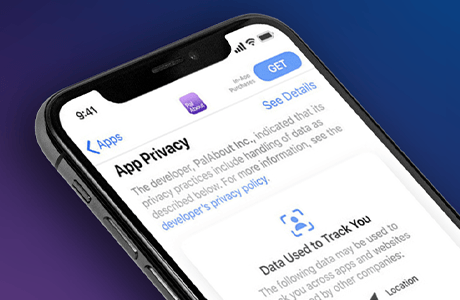It’s been almost two months since Apple dropped the news about the AppTrackingTransparency framework, which requires publishers to explicitly request their users’ permission before accessing their device IDFA.
The opt-in/out format, similar to the one used for location, microphone and camera, means that the ad-tech community will see an enormous drop in user data, perhaps slowing to a mere trickle, and everyone has been scrambling to adjust and find new solutions for effective advertising. And it puts Apple fully in control, with the SKAdNetwork they rolled out a few years ago now as the primary form of app install attribution.
The advertising technology community has now had time to react – not with shock, but with tangible steps to prepare. Here are the five things that publishers must do now in order to be ready for the official iOS 14 rollout to all iPhone users this fall.
Update your info.plist
This is a big one for publishers who rely on performance advertisers for a large portion of their revenue. The info.plist file must include the IDs of the ad networks that will be sending ads to their users, otherwise, the ad will not be served.
And it’s not just about one ad network ID; publishers must understand who else those networks work with and get those IDs – and believe me, it can add up. While you can always deduplicate to make it simpler, what we recommend is compiling the total list that can be accessed at any time. The tricky part is that as it stands right now, anytime you want to add one, you must publish a new version of your app. But it’s 100% necessary because Apple is now in charge of attribution, so there is no other way around it.
Prepare your users for Apple’s opt-in/out modal window
As an app developer/publisher, you know all too well how delicate your user interface is, and how much anything that interrupts the user flow can disrupt the experience and wreak all sorts of havoc on your session times and retention rates. With iOS 14’s new privacy settings, all apps will have a popup, or modal, that asks users for permission to track them. If they select “no,” monetization SDKs will receive all zeros in the device IDFA and will, therefore, have to resort back to contextual targeting tactics, which are far less effective. Publishers who cannot gather device IDFAs, therefore, run the risk of decreased monetization.
The good news is, within the publishing space someone came up with a brilliant idea to start conditioning users to answer this question with a “yes.” We are seeing publishers surface modals that remind the user they are using a free app that makes money from ads and then asks them nicely to select “OK” to the app gathering user information about them. When they do, nothing technically happens – but the user is informed and softened to the idea of tracking so that when they get the same question from Apple, the hope is they will acquiesce.
I can’t emphasize how important this is. While in the past, when device IDs were missing, ad networks and publishers could rely on fingerprinting tactics from Mobile Measurement Partners (MMPs), now those techniques go against Apple’s terms of service.
Expect some volatility
As iOS 14 rolls out and devices get updated, know that change is inevitable – this is not a small shift we are looking at. We anticipate a significant number of users to opt-out of tracking, which means the algorithms will have very few device IDs to work with and so will need to resort to contextual ad targeting. There are some companies that already do contextual well, and we expect that those bidders will rise in prominence and will start winning more.
Still, as most networks have been relying on device IDs for so long, it’s going to be rough in the beginning, and we will see a significant reduction of revenue. Why? Because if advertisers don’t know anything about the user, the bids will be lower, and price per impression will suffer in the short term. We will see lower CPMs, but probably not lower fill, because demand is still high.
Over time, though, ad networks will adapt and learn how to build better contextual targeting, and, as it always does, pricing will start to even out. So the curve might go down at first, but it will start creeping back up until it finds the new normal.
Payments are silently stalling startup growth
High fees. Failed payments. Single point of failure. Our report shows why payments are holding startups back and how to fix it.
Download The ReportWatch for Google to do the same
Right now, these changes are on iOS (and iPadOS and tvOS) only, and this doesn’t affect Android at all. But I suspect Google will take actions similar to this and we will see it percolate over to the Android side as well. Just as cookies slowly disappeared from the desktop, thanks to Apple, then Google, moving forward with changes to ad tracking tools, we will have to simply accept that easy access to the device ID is going to virtually disappear.
(Re)negotiate your rev share arrangements with performance networks
Many publishers are in agreement with ad networks to only get paid their share once the network gets paid by the advertiser – and in today’s CPI world, that means waiting for install data to come through. Now that Apple is the only player that can report attribution and it takes significantly longer to do so (as long as 96 days), that means a huge delay in payment to publishers. Given the fast pace of the mobile app environment and how publishers may not want to wait that long for payment, I think there may be a shift back to cost per impression (CPM) vs. cost per install.
At the risk of sounding dramatic, I can’t say strongly enough how big this change is and how important it is that publishers prepare for it. If you haven’t already done so, reach out to your network partners to get the information you need for your info.plist, and ask your account manager what else they recommend you do.
And, of course, update your monetization and other SDKs to those with iOS 14 compatible versions – you do not want to be caught with outdated technology when the phones start updating in a few weeks!













